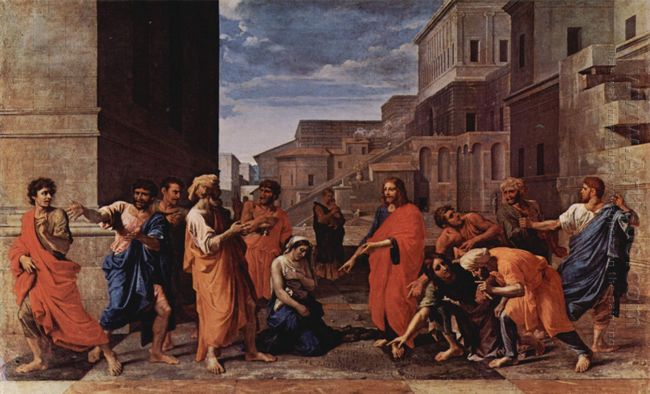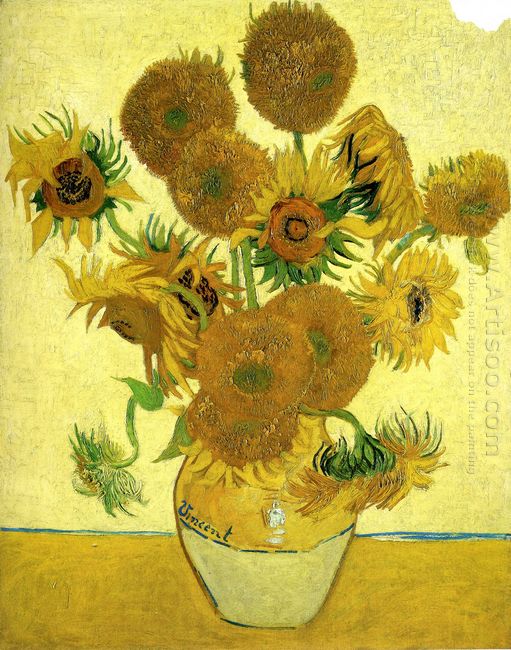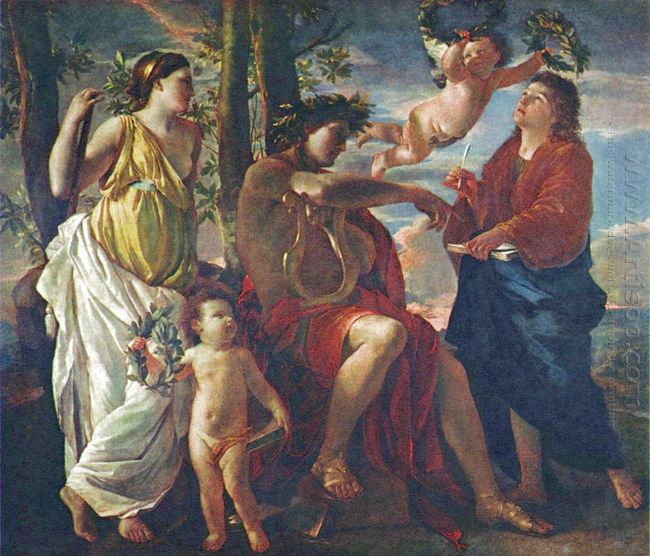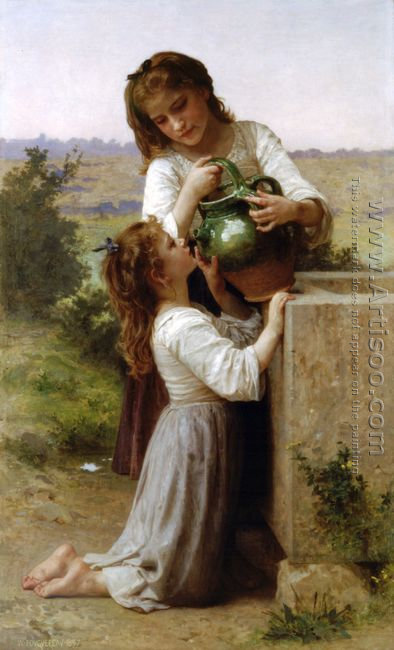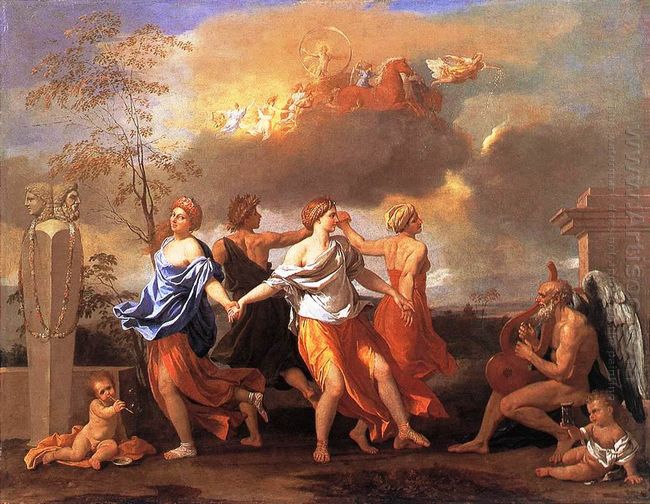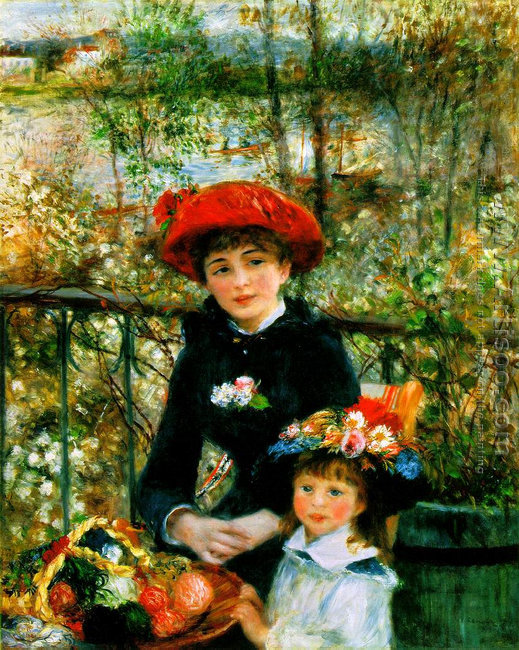Classicism revived during the Renaissance after hundreds of years. But this time classicism was different from the old one. Painters created new means to depict the picture in their heart, such as perspective, three-dimensional composition. By using these new methods, the classicism painting was no longer so unitary and mechanic. It concentrated much on ration, line and form, pursuing perfection. Poussin, as an outstanding classical painter, showed all of the features in his painting.
The oil painting Christ and The Adulteress is one of the representatives. It tells a famous and profound story in Bible. Some people took an adulteress to Christ, asking him how to punish the adulteress. Most of people called for stoning her to death. Christ, however, allowed those people to stone the adulteress if they had no sins. Then everyone threw their stones since they all had sins. They all couldn't make sure that they hadn't made any mistakes. This story demonstrates the important virtue of forgiveness for Christian. And in the oil painting, Poussin represented the story. It happens in the street. Christ is in the central surrounded by the people. The adulteress is in front of him, kneeling down with desperate and sad feelings which we can find out from her facial expression. For the other people, some is talking with people around, and some is debating with Christ. Their facial expressions, gestures and attitudes are so clear from the distinct and strict lines.
Classicism usually focuses on mythology, religious story and history to present the modern themes, with no exception of the painting. Humanism is the core in the Renaissance. So Nicolas Poussin shows us forgiveness through his painting. It conforms to the trend of that time.

